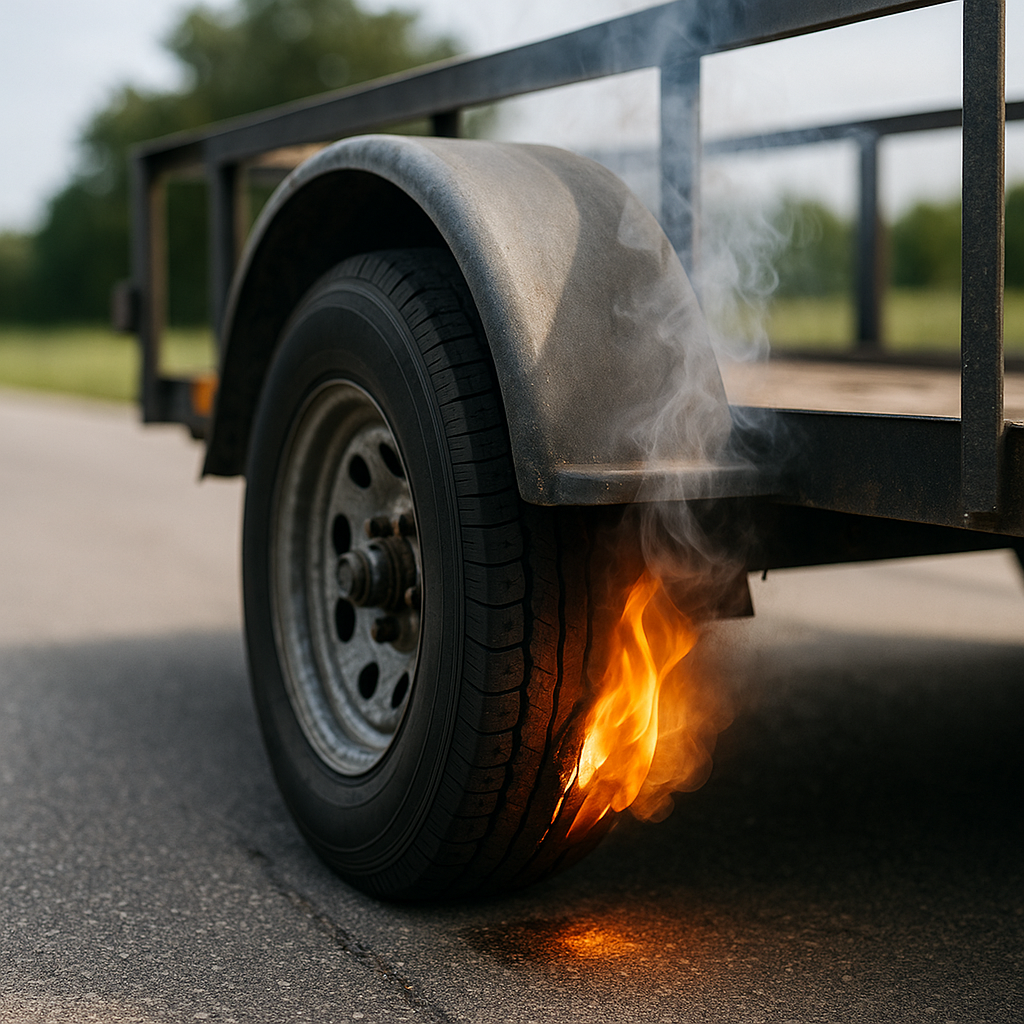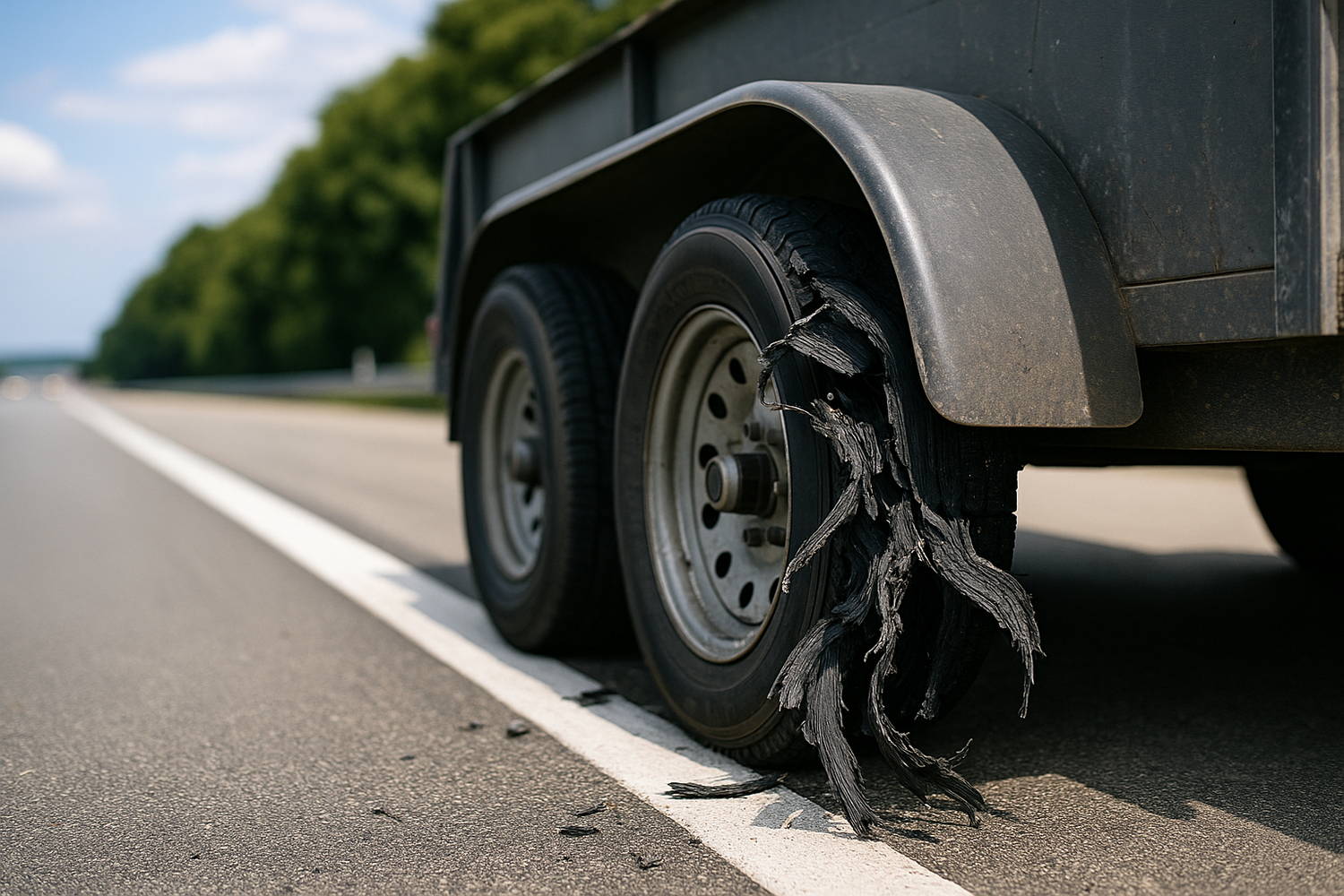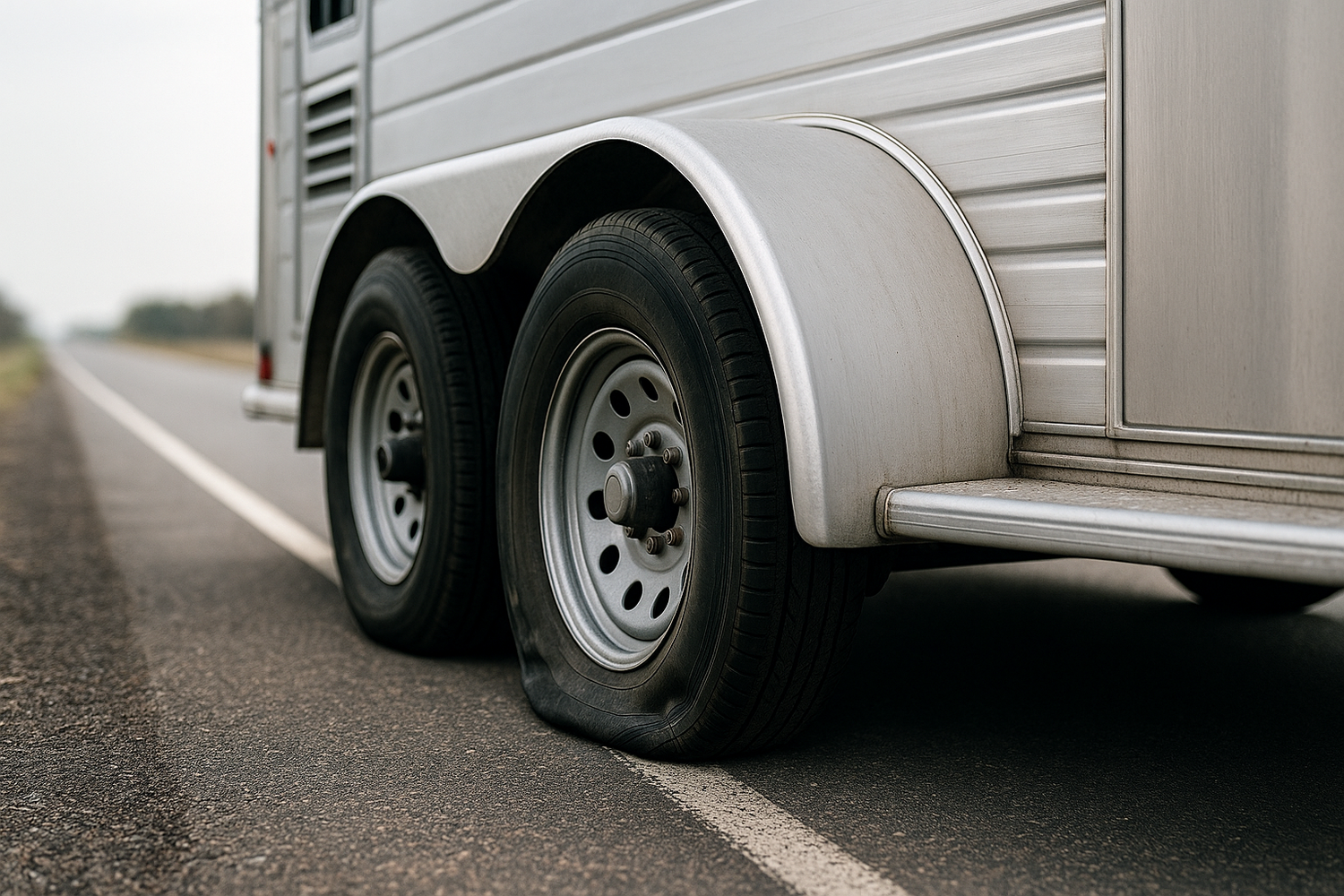When it comes to ensuring the safety and efficiency of your boat trailer, understanding the tire pressure monitoring system for boat trailers is crucial. These advanced systems are designed to monitor the tire pressure in real-time, alerting you to any discrepancies that could lead to dangerous situations on the road.
The significance of maintaining proper tire pressure cannot be overstated. Low tire pressure can lead to increased tire wear, reduced fuel efficiency, and even blowouts, which pose serious risks during towing. A tire pressure monitoring system (TPMS) provides a proactive solution by continuously checking the pressure levels in each tire, allowing you to make timely adjustments before problems arise.
Key features of a reliable TPMS include:
- Real-time alerts: Receive immediate notifications on your smartphone or dashboard if tire pressure drops below a safe threshold.
- Temperature monitoring: Track tire temperatures to prevent overheating, which can also lead to tire failure.
- Easy installation: Many systems are designed to be user-friendly and can be installed without professional help.
Incorporating a tire pressure monitoring system into your boat trailer setup not only enhances safety but also extends the life of your tires. By staying ahead of potential issues, you can enjoy your time on the road with greater peace of mind. Tow with peace of mind, knowing that trailerwatchdog is standing guard. Learn more at trailerwatchdog.com.
Benefits of Tire Pressure Monitoring for Boat Trailers

Implementing a tire pressure monitoring system for boat trailers presents numerous advantages that go beyond simple convenience. These benefits can significantly enhance your overall towing experience while ensuring safety on the road.
One of the primary benefits is increased safety. Proper tire pressure is critical in preventing blowouts, which can lead to loss of control over the trailer, potentially causing accidents. A TPMS alerts you to low tire pressure before it becomes a serious issue, allowing you to take corrective action.
Another notable advantage is improved fuel efficiency. Under-inflated tires create more rolling resistance, which can lead to higher fuel consumption. By maintaining optimal tire pressure, you can enhance your trailer's fuel efficiency, saving you money in the long run.
Additionally, a TPMS contributes to extended tire life. Consistent monitoring helps to avoid uneven tire wear caused by improper inflation, prolonging the lifespan of your tires and reducing the frequency of replacements. This not only saves costs but also minimizes the environmental impact associated with tire disposal.
Lastly, a tire pressure monitoring system provides peace of mind. As a trailer owner, knowing that your tires are being monitored in real-time allows you to focus on enjoying your journey rather than worrying about potential tire issues.
How to Choose the Right Monitoring System
Selecting the right tire pressure monitoring system for boat trailers can feel overwhelming, given the multitude of options available in the market. However, by focusing on several key factors, you can make an informed decision that best suits your needs.
First, consider the type of sensors used in the monitoring system. There are generally two types: direct and indirect sensors. Direct sensors measure the actual tire pressure and temperature, providing the most accurate readings. Indirect sensors, on the other hand, estimate tire pressure based on wheel rotation data. For boat trailers, direct sensors are often recommended for their reliability.
Next, assess the monitoring range of the system. Ensure that the system can communicate effectively with the trailer from a reasonable distance, especially if you plan to tow at high speeds or across long distances. A wider range ensures that you receive timely alerts, regardless of your driving conditions.
Another important factor is the ease of installation. Some systems require professional installation, while others can be easily set up by the user. Opt for a system that matches your technical comfort level and installation preferences.
Lastly, don't overlook compatibility with your trailer. Make sure that the monitoring system can be integrated seamlessly with your specific trailer model. Additionally, check for any available customer support or warranty options, as these can provide added assurance in case of any issues.
Installation Process for Tire Pressure Monitoring Systems

The installation process for tire pressure monitoring systems on boat trailers can significantly vary depending on the system you choose. However, most systems follow a general procedure that ensures effective functionality and reliability.
First, gather all necessary tools and components. You will typically need items such as a wrench, a screwdriver, and the monitoring system kit, which usually includes sensors, a display unit, and wiring.
Begin by preparing the tires. Clean the valve stems thoroughly to ensure that the sensors can be attached securely. If your system uses direct sensors, you will need to remove the existing valve caps and replace them with the new sensors provided in the kit. Make sure to tighten them properly to prevent air leaks.
Next, install the display unit inside your vehicle, preferably within the driver's line of sight. Most systems come with adhesive mounts or brackets for easy installation. Connect the display to the vehicle's power source, which might be a cigarette lighter or a dedicated power outlet.
Once the display is installed, it’s time to pair the sensors with the display unit. This step may involve following specific instructions provided by the manufacturer, such as inputting codes or pressing specific buttons to establish a connection. Ensure that the display unit recognizes each tire sensor to guarantee accurate monitoring.
After successfully pairing the devices, conduct a final check. Inflate the tires to the recommended pressure and observe if the system accurately reflects these readings. If everything is functioning correctly, you’re all set to hit the road with enhanced safety and peace of mind!
Maintaining Your Tire Pressure Monitoring System

To ensure the longevity and effectiveness of your tire pressure monitoring system for boat trailers, regular maintenance is essential. Proper care not only extends the lifespan of the system but also enhances safety while towing.
Start by routinely checking the battery levels of the sensors. Most tire pressure monitoring systems are equipped with batteries that may require replacement every 1-2 years, depending on usage. A low battery can lead to inaccurate readings, so it’s wise to monitor this aspect regularly.
Next, inspect the sensors and wiring for any signs of damage or wear. Look for cracks, loose connections, or corrosion that could interfere with the system's performance. If you notice any issues, address them promptly to avoid potential malfunctions while on the road.
Additionally, keep the sensor valve stems clean and free from dirt or debris. Regular cleaning helps maintain a secure fit and reduces the risk of air leaks, which can compromise tire performance. Use a soft cloth and mild cleaner to gently wipe the sensors and valve areas.
It’s also important to recalibrate your system after any tire rotation or replacement. Recalibration ensures that the system accurately monitors the new tire pressures and maintains optimal functionality. Follow the manufacturer's instructions for this process to ensure accuracy.
Lastly, stay informed about the software updates for your tire monitoring system. Manufacturers often release updates that improve functionality and address any bugs. Keeping your system updated can provide better performance and reliability.
Common Issues and Troubleshooting Tips

Understanding common issues related to the tire pressure monitoring system for boat trailers can save you time and ensure safety on the road. Here are some frequent problems and effective troubleshooting tips to address them.
One of the most common issues is a warning light on the dashboard indicating low tire pressure. This can happen due to various reasons, such as a slow leak or temperature changes affecting tire pressure. To troubleshoot, first check the tire pressure with a manual gauge to confirm if the reading is accurate. If the tire is indeed low, inflate it to the recommended pressure and monitor it for leaks.
Another issue that may arise is inaccurate readings. This could be due to sensor misalignment or battery failure. If you suspect a sensor is malfunctioning, perform a visual inspection for damage and ensure it is securely mounted. If the problem persists, consider replacing the sensor battery or recalibrating the system.
Intermittent signal loss can also occur, especially if the trailer is equipped with multiple sensors. This can happen if there are obstructions or interference from nearby electronic devices. To resolve this, ensure that the sensors are in a clear line of sight to the receiver and that there are no barriers that could block the signal.
If you encounter persistent issues that you cannot resolve, consult the user manual for your specific system. Additionally, reaching out to the manufacturer’s customer support can provide expert guidance tailored to your unit.
Tow with peace of mind, knowing that trailerwatchdog is standing guard. Our monitoring systems help prevent tire-related issues, ensuring a safer journey for you and your boat.








